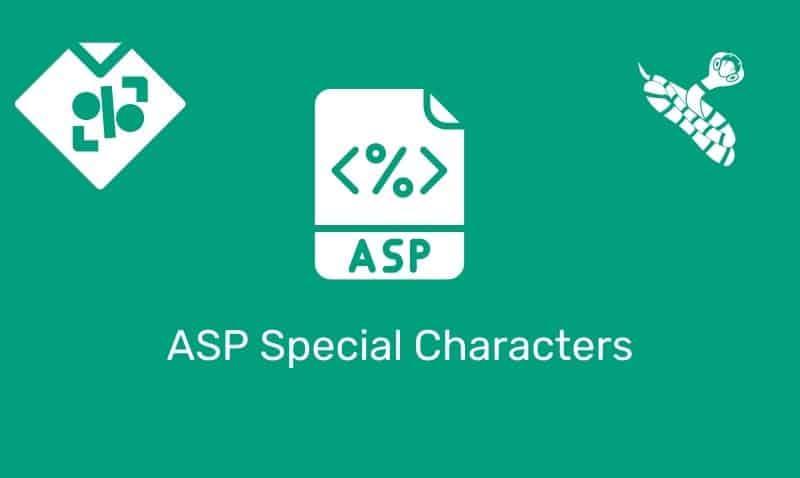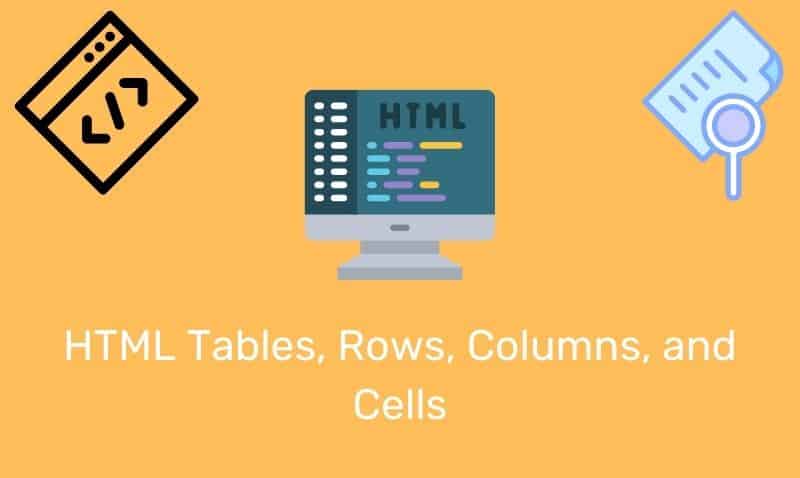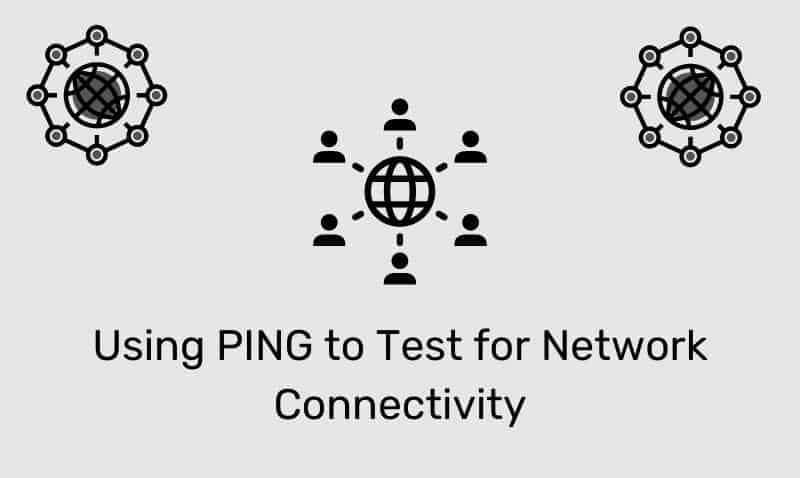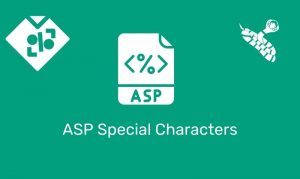The TCP/IP Network Model is based on a four-layer reference model. All protocols that belong to the TCP/IP protocol suite, such as TCP, UDP, HTTP, FTP, etc., are located in the top three layers of this model.
If you are familiar with the Open Systems Interconnection (OSI) seven-layer model, you will notice that the TCP/IP model has fewer layers, but in reality, the TCP/IP model has just consolidated some of the OSI layers. Each layer of the TCP/IP model corresponds to one or more layers of the seven-layer OSI model.
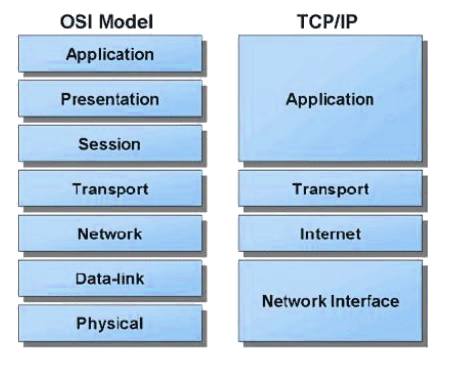
Here is a description of the layers in the TCP/IP Network Model.
| Layer | Description | Protocol/Services |
|---|---|---|
| Application | TCP/IP application protocols and how apps interface with transport layer services. | HTTP, FTP, SMTP, DNS, etc. |
| Transport | Provides communication session management between host computers. | TCP, UDP |
| Internet | Packages data into datagrams. Performs routing of IP datagrams. | IP, ICMP, ARP |
| Network Interface | How data is physically sent through the network. | Ethernet, Token Ring, FDDI, etc. |
Network Interface
The Network Interface layer relates to servicing the network interface of the host system. This layer will prepare the data frames based on the network media that it is connected to.
For example, frames that are prepared for an Ethernet network would not work for Token Ring hosts. The majority of modern local area networks have implemented Ethernet.
Internet
The Internet layer is responsible for the addressing and routing of IP packets on the network. Some of the protocols situated on this layer include IP, ICMP, and IGMP. This layer is also responsible for ensuring that IP packets reach their target systems.
Transport
The Transport layer is primarily responsible for the protocols and services used for systems to manage the data exchange with one another. Two main protocols found at this layer are TCP and UDP.
Application
The Application layer refers to networking protocols that are used to support various services such as FTP, Telnet, BOOTP, HTTP, SNMP, SMTP, etc. Applications themselves are not part of this layer. Applications interface with the protocols and services within the Application layer to send data down through the protocol stack.
You should note that the TCP/IP four-layer model is conceptual. The model helps visualize how TCP/IP is seen in the way data is handled as it passes down the protocol stack from the Application Layer to the underlying physical network. Each layer in the stack adds control information to ensure proper delivery.
This control information is generally referred to as a header because it is placed in front of the data to be transmitted. Each layer treats all of the information it receives from the layer above as data and places its own header in front of that information. The addition of delivery information at every layer is called encapsulation.
When the frame is sent from the source node is received by the target system, the reverse occurs. Each layer strips off its header before passing the data on the layer above. Eventually, as the data reaches the top of the stack, no more header information remains and only the data is passed to the application.
